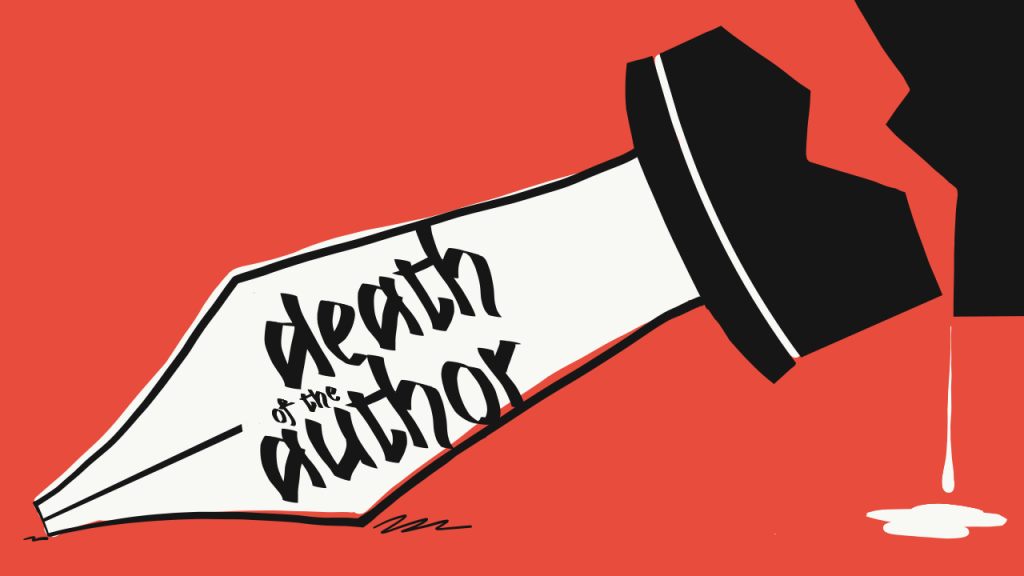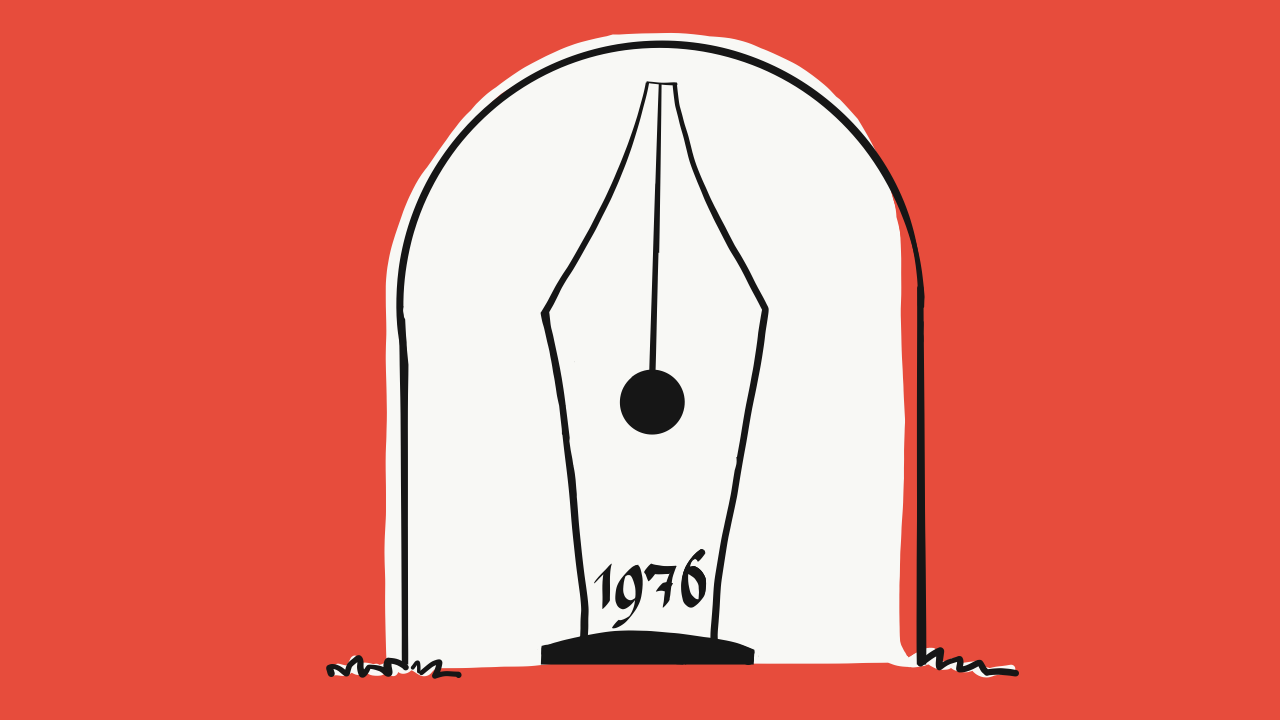
We see an artefact and we assume the work is created by an artist or artists. Someone must have created it. The artefact is a production by an author or authors.
However, in 1967, Roland Barthes, the French literary critic, proclaimed the author to be dead in La Mort de L’auteur (The Death of the Author) .
We can’t comprehend that when we look at a photograph that there is no one clicking the shutter release button behind the camera. According to the Cambridge online dictionary, the meaning of author is “the writer of a book, article, play”. No artwork is created from thin air.
The notion of the death of the author shouldn’t be understood literally. Instead, we should begin thinking of authorship in the new way — not as an author on center stage, a solitary genius whose selfhood is expressed in the text — not simply the marvelous artworks of Picasso, or Hemingway’s novels, or Hitchcock’s films — where we seek an interpretation and explanation entirely from the person who created it. That is what Barthes was against.
He suggests that we replace the idea of the author as a person who serves as an authority between intended meaning and meaning understood. Instead the “text” is open to the reader’s or viewer’s interpretation depending on their background, cultural condition, etc.
For instance, consider Ghibli studio’s animations. When we discuss “Spirited Away” or “Castle in the Sky”, we can’t avoid mentioning the author and the director, Hayao Miyazaki. We discuss the reoccurring themes among the author’s works, and identify the author’s visual style, the message, and the core idea which we believe is imprinted across the authors works together with his life, his tastes, and his passions. On the other hand, a discussion of “Kungfu Panda” would not include consideration of the director who we see as the author since we know little about him.
However, we still can discuss the animation itself, the text. The discourse of textual analysis can incorporate the theme and visual without the affiliation to the author. Audiences from Asia might have very different interpretations compared to the audiences from the West due to their cultural background, and that is totally fine. There is no denying that the interpretation of the text solely belongs to the author alone, or the authorial intention which has been constructed by the critics.

Authorship can be totally constructed as a function to provide a perspective in understanding a constructed text. Authorship might not be a rigorous developed theory, and might not be at the central agent in understanding the text, but it is an idea that can’t be killed.
What is the role of authorship in Pixar’s movies? There are certain tendencies and consistencies we can identify from Pixar’s movies. We realize they are not from a singular author. Pixar’s movies are the result of collective efforts with a need for collaboration. How do we discuss the authorship in collaboration? How do we evaluate the contribution of an individual in multiple authorship?
I would like to discuss this in my next article — collaboration in production studies.

Love the illustrations. Works well with the complex notion that Martin explains.